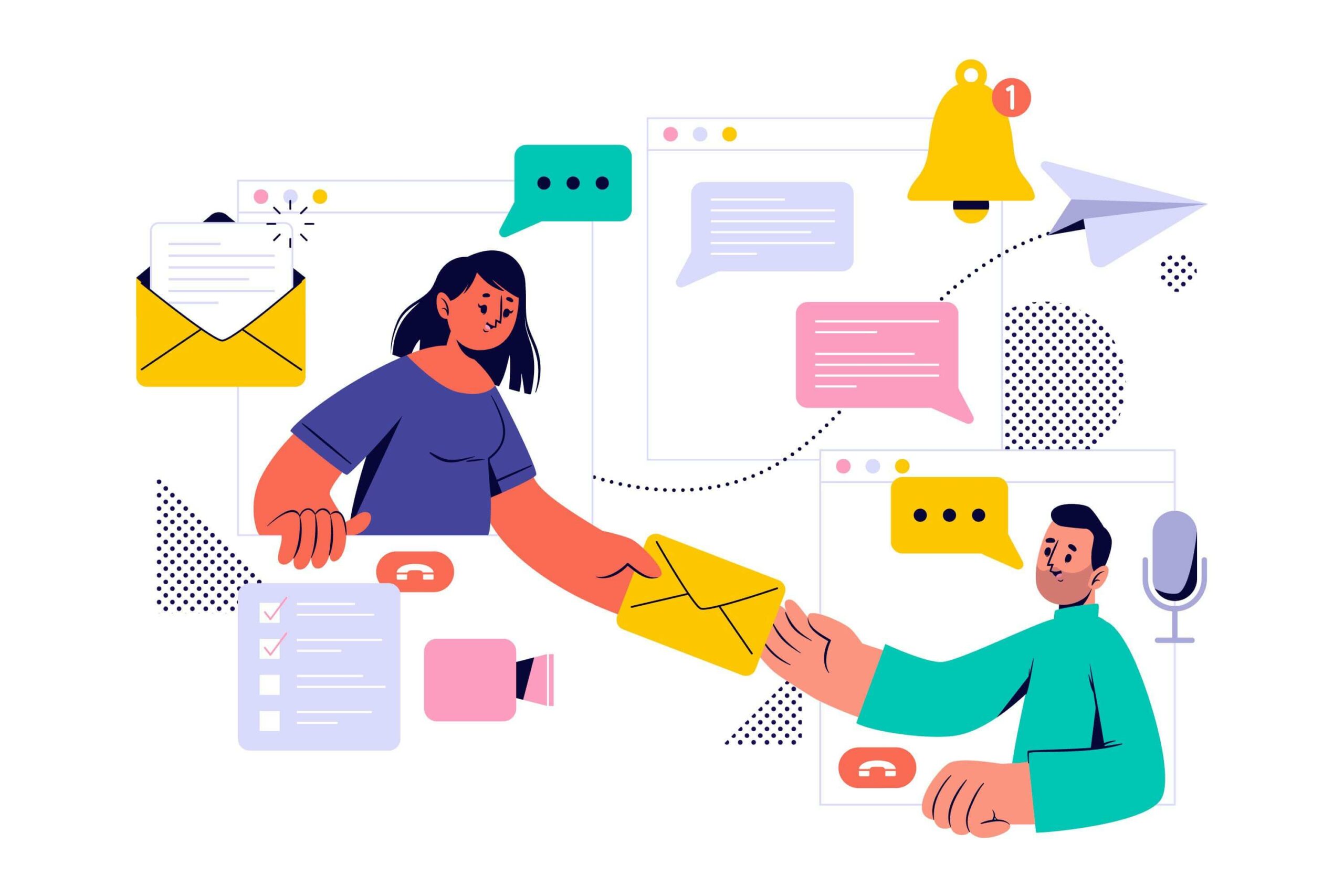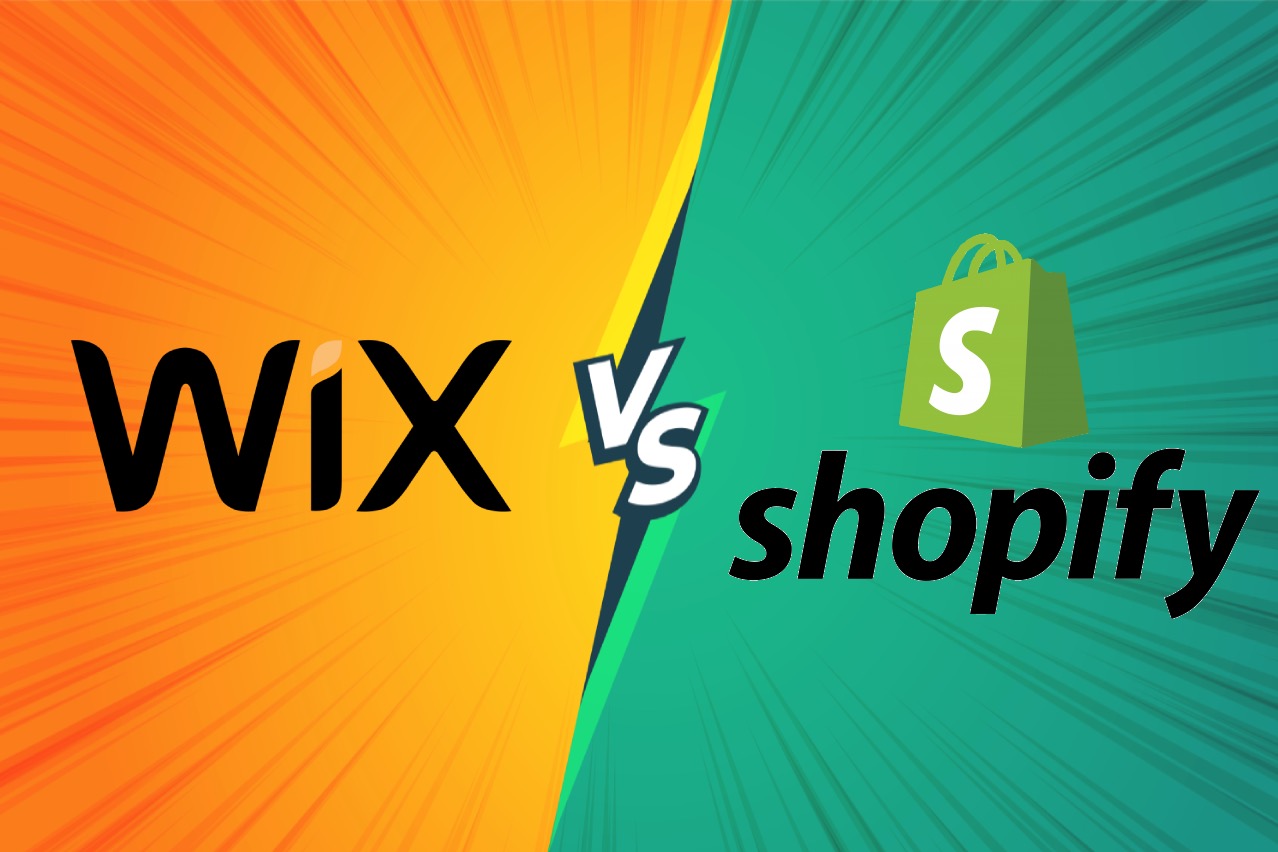Want to start digitally marketing your business, but don’t know where to start? We understand that choosing the right digital marketing channel is only the first and yet, most daunting task. Often times, it can get quite overwhelming trying to choose the right marketing channels for your business.
Marketing your products or brand through ALL digital marketing channels is not only difficult, it also requires more investment in manpower and budget. Choosing the right digital marketing channels helps you to target the correct audience and put effort where it matters.
So, let’s explore how to choose the right digital marketing channel for your business. Here are some things to consider:
Table of Contents
- How To Choose The Right Digital Marketing Channel
- Choosing The Right Digital Marketing Channel For Your Brand/Business
How To Choose The Right Digital Marketing Channel
Know Your Audience
The first step to picking the right digital marketing channel is to know who your business is catering to. Creating a “buyer’s persona” is a great way to start.
For your buyer’s persona, you create a hypothetical customer from your target audience and fill in their age, occupation, hobbies, location, education, ideologies and why they would choose your business. You can then research which marketing channel they’re more likely to consume and what kind of content they’ll find more enticing. In order to better understand your audience and even see, which companies, from which industries and areas are visiting your website and consuming your content, you can use tools as LeadRebel.
Creating a buyer’s persona helps you visualize your audience’s needs and conceptualize an effective marketing strategy. Then, you’re one step closer to picking out the right platform that will help your content truly flourish.
Set Objectives
Now that you know who your target audience is, it’s time to set your goals. Setting goals helps you organize and take your next step more confidently.
Set SMART goals. S(Specific), M(Measurable), A(Attainable), R(Relevant) and T(Timely). This way, you’ll celebrate all the milestones and remain motivated. This is relevant for all types and sizes of business.
Here are some Key Performance Indicators (KPI) you can set:
- Increase profits
- Reach a wider audience
- Increase traffic on your website
- Build consistency in your posting schedule
- Provide better service in your field
- Increase customer satisfaction
- Organize and create themes for your digital content, and more.
Assess The Competition
The next step to choosing the right digital marketing channel is to study similar businesses. Find brands that are selling similar or the same products or services that you are, and dig through their followers, social media and even comments. You can also follow digital marketing trends and follow the trail to see which platforms your competitors are currently active on. You might just find a customer who has made a suggestion that you can use in your business.
Studying your competitors’ moves can help you see where their audience is more active, what their audience looks like, what they’re doing already and what you can do differently to stand out.
Set Out A Budget
Marketing doesn’t always cost you, but the more you’re paying, the higher your marketing reach will be. Therefore, it’s essential to set aside a budget estimation when choosing the right digital marketing channel to cover all your social media marketing costs.
You can try social media, pay for Google Ads/Google Shopping Ads/Bing Ads, or pay a marketing agency to take charge. The cost varies depending on the channels you pick. So, it is important to find a channel that is best for your business and suits your budget as well.
Before that, let’s discuss some marketing terms you’ll find helpful when choosing the best digital marketing channel for your business.
CPC/PPC or cost-per-click/pay-per-click. This is the amount you pay everytime someone clicks on your business ad. Cost per click advertising is best for increasing traffic on your landing page or website.
And CPM, or cost-per-impressions. refers to the amount you pay per 1000 impressions. This is best for increasing your product’s exposure and business awareness.
B2C refers to businesses selling to customers. If you’re selling finished products like clothes, accessories, and such, you’re a B2C business.
B2B refers to businesses selling to other businesses. If you’re selling raw materials like fabric, tools and similar, you’re a B2B business.
ROI is the return on investment or the amount you are profiting from your investment in ads.
Choosing The Right Digital Marketing Channel For Your Brand/Business
Let’s learn more about choosing the right digital marketing channel for your business.
Content Marketing
Content Marketing refers to the marketing of online content such as photos, videos, blogs, social media posts, e-books, podcasts etc. to increase interest in your products. It is the essential of successful digital marketing.
Content Marketing is one of the most effective ways to build credibility in your products and increase good rapport with customers. Infact, 70% of customers felt closer to the business who used content marketing.
According to sources, 91% of B2B businesses and 86% of B2C businesses use content marketing. And 72% of marketers claim that content marketing has improved their engagement. Content Marketing is also 62% cheaper but more effective, yielding 3x leads. It is an excellent medium for Lead Generation.
Podcast Marketing
Podcast popularity is on the rise, making it a notable digital marketing channel to consider. According to statistics, 40% of podcast listeners are from the U.S.A., and there are more than 2 million podcast listeners currently. In 2022, there are over 383.7 million podcast listeners and it is estimated that this number will increase to 424 million listeners by the end of this year.
Podcasts are relatively easier to consume on the go, making them a favored form of content marketing. They are engaging and can be used as a tool to reach a niche audience.
Podcasts are perfect for connecting with your customers and telling your brand story, your product significance, and all the little tidbits that make your brand.
Video Marketing
Video Marketing is a profitable tool for product and service marketing for virtually any industry. According to Wyzol, 86% of businesses use videos as a marketing tool. An informal yet informational demo of your product or service, with a voice-over makes a huge difference in gaining customers’ faith and improving customer relationships.
Infact, 64% of Internet users are more likely to make a purchase after seeing a product detail video about it. Videos act as testimonies for a product or service’s appearance, size, functionality and more. The demand for online videos of a product has increased by 54%.
Therefore, videos are a powerful marketing strategy in telling your brand story, increasing traffic, improving brand reliability, increasing conversion rates, boosting recognition, and more. Also, video content marketing has 88% satisfied ROI rates among marketers.
Ads, reviews, tutorials, vlogs, live streams, customers’ testimonies, interviews, presentations, demos, and more are some examples of video content for digital marketing. TikTok, Instagram, YouTube and Vimeo are useful platforms to post and boost your videos.
Social Media Marketing
Social Media is a free way to create brand awareness and exposure. You’ll need good service, consistency and relevant content to start. Benefits of social media marketing include building direct and close relationships with your customers. When you engage with your customers, you’re more likely to get recommendations and new customers to your page. About 87% of content marketers use social media. And it is a powerful tool for Lead Generation.
Instagram, Facebook, Tiktok, LinkedIn and such are a good place to start. You’ll need to pick an app that is popular and start posting content of your product to get a customer stream. Likes, and shares are good for your business. You can also utilize relevant hashtags to get more exposure.But if you’d like to reach out to a wider audience and increase your chances of being discovered, you can try paid Social Media Ads instead.
TikTok Ads cost $0.02 per-click (CPC) and $10 per CPM (per 1000 views). There is also a required minimum spend of $500 for a TikTok’s paid ad campaign. 52% of users reportedly found TikTok ads fun and engaging. This is where you’re likely to find people of all ages. TikTok Ads is best for food and drinks, fitness, makeup, skincare, clothes, accessories and so on.
Facebook Ads can cost anywhere from $0.94 per click (CPC) or $12.07 per 1,000 impressions (CPM).With an average ROI of 152%. This is where you’ll find a higher rate of millennials and Gen X.
Facebook Ads are good for both B2B and B2C businesses.
Instagram Ads, on average, can cost $0.20 to $2 per click (CPC). And $6.70 per 1000 impressions (CPM). Promoting a post on Instagram can cost around $5. Instagram is a favorable platform for B2C business. And according to research, around 33% of B2B businesses use Instagram too.
YouTube Ads, on average, can cost $0.30 per click (CPC) and between $1 and $4 per 1000 views (CPM). A 30 second ad on YouTube can cost $0.03-$0.30 per view and the view is counted when users watch 30 seconds of your video or interact with it by clicking on it.
According to statistics, the majority of Youtube’s audience is men from 25-34 years of age. Real estate, Tech gadgets and accessories, services, makeup, etc are more likely to flourish here.
Pinterest, on the other hand, has 76.5% female users and a majority of users aged 25-34 years old. It is also worth noting that most Pinterest users are from the U.S.A. So, Pinterest Ads are more suited for people buying and dealing in the U.S.A. On average, Pinterest Ads costs $2.00 to $5.00 per 1000 impressions (CPM) and 0.10 and $1.50 per engagement.
According to estimation, you can get 2X ROI in your Pinterest Ad investments. And it is an advantageous platform to increase traffic to your website.
Twitter Ads cost $6.6 per 1000 impressions (CPM), $0.50 to $2 per action such as likes and retweets and $2 to $4 per follow for promoted accounts. Unlike TikTok, there is no minimum spend on Twitter ads. Twitter also claims that the ROI on their ads is 40% higher than other channels. So you can use them to promote your business account, tweets and increase likes.
LinkedIn – the world’s largest professional network system is also great for networking and marketing. LinkedIn Ads is favored by B2B businesses but B2C marketing is also slowly on the rise. At LinkedIn, you can choose your objectives, set your target audience, the type of Ad you want to put out, your budget and schedule, etc. On average, LinkedIn ads cost $5.26 per click (CPC), $6.59 per 1000 impressions (CPM), and $0.80 per send. LinkedIn claims to have an average conversion rate of around 6.1%.
These are just some social media platforms you can look into when you choose a digital marketing channel that aligns with your budget and has high profitability for your business.
Websites
Websites are a necessity for businesses who want to prove that they’re legit. A neat, quick and easy-to-navigate website maintains and increases customer influx and bounce rates and decreases exit rates. For this, you will require a good web developer and a web hosting provider which will allow your website to load quickly despite large data.
Websites such as blogs are reportedly 13% more likely to receive positive ROI. And blogs increase your chances of being discovered online. But, for a strong website traffic, you’ll need SEO.
Search Engine Optimization (SEO)
A strong SEO plays an incredibly significant role in digital marketing. It determines if your content makes it to the top of the search engine results page (SERP). The higher your website or post is on the search results, the better your chances of getting clicks and engagement. That’s why SEO is also known as organic traffic. SEO uses on-page and technical optimization, and link building, and makes sure that your business uses keywords to boost your discovery rate.
SEO is also 61% more effective in generating leads. While doing SEO for business it is vital to make sure your business is on the top of the local search list when target location users search for products or services relevant to your business. It is also important for when people search queries and help with keywords that you use in your blogs, articles and more.
SEO analyzes mobile usability, domain authority, backlinks, click-through rates, etc. to make sure that your business is on the top of the search results. And it is necessary in link building, increasing website traffic, building domain authority, and more.
Paid Search (SEM)
SEO makes sure your content reaches to the top of the search page through keywords and such. While SEM (Search Engine Marketing) makes sure your business shows at the top through Paid Ads. Infact, your website Ad will be shown before organic results, increasing your chances of recognition, engagement and traffic.
Google, Bing, Yahoo are some of the search engines you can pay for your Ads. And Google Ads has a ROI potential of 100%. Which means Google Ads has a $2 return on every $1 investment.
There is no set budget for your Google Ads. Popular engines like Google, has a bidding system. But you are charged per click and the average cost-per-click (CPC) on Google Ads is between $1 and $2.
So, the higher your competition, the costlier your Ads will be.Generic products and services will have a larger bidding rate as you’ll have to beat all the competition to get to the top of the search result page.
Email Marketing
Email marketing is a versatile and cost-effective digital marketing channel with the highest audience rate. As emails are something almost everyone checks almost everyday.
Through emails, you can send out new product launch alerts, discounts, newsletters, and even abandoned cart alerts that persuade your customers to complete the purchases.
The Litmus report claims that email marketing has an ROI of 4,200%. And an average of $42 return for every $1 you invest.
Mobile Marketing
Mobile devices drove 61% of visits to U.S. websites in 2020. Since smartphones are more convenient than laptops and desktops, making sure your website and marketing is mobile-friendly is essential. Besides optimizing your websites for mobile-view, mobile marketing can also be done by developing mobile apps.
If you have a large customer base, it would be wise to develop an app to provide your users with a great user experience. Especially for the eCommerce industry, a mobile app can be a great digital marketing channel to provide an exclusive service to your customers; without it having to depend solely on other second-party marketing channels. You can offer discounts and pre-orders via apps to encourage sales as well as send notifications and collect user data.
Hire A Marketing Agency
If you’re not sure about doing the digital marketing yourself, you can hire a Digital Marketing Agency to handle it.
Try Azency. We’re a digital marketing agency. Our agency helps clients worldwide choose the best digital marketing channel. At Azency, we’ll handle Social Media Marketing, App making, Influencer Marketing, Copywriting, Design & Branding, SEO Management, Shopify and all your digital marketing needs.





